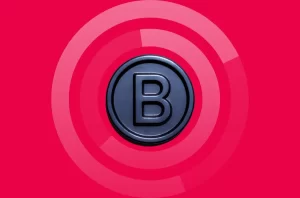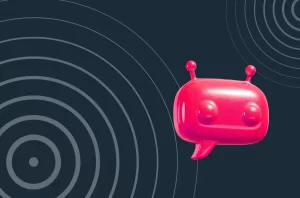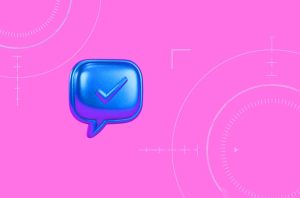Using AI to Generate Graphics for Blogs, Social, and Branded Content
Estimated Read Time: 3 minutes
Intended Audience: B2B Marketers
AI-generated images and videos have quickly become a core part of modern branding. They give businesses the ability to create striking, high-quality visuals with unprecedented speed, cost-efficiency, and creative range.
As this technology becomes mainstream, leading brands are already using it to set new creative standards and stand out in competitive markets. And while AI visuals are no longer a surprise, many B2B organizations are just beginning to explore the full AI potential.
At Maven Collective Marketing, we’ve spent months experimenting with AI tools to generate graphics across our content mix, from blog feature images to custom icons. In this blog, we’ll share the challenges we faced, the tools we tested, our results, and some examples of how AI is now part of our everyday content creation.
Design Bottleneck Every B2B Marketing Team Faces
As a marketing agency dedicated to helping Microsoft Partners stand out in a crowded software market, we know that consistent, high-quality visuals are essential. Strong visual storytelling not only supports your brand identity but also helps your content capture attention in social media feeds and search results.
We have a talented design team, but even the best creative teams face a universal challenge: time. With a steady stream of work such as blog images, website updates, social graphics, and more, design bandwidth can quickly become a bottleneck.
That’s when we turned to AI tools for content creation. Our goal wasn’t to replace creative roles, but to support them. We needed a way to speed up production, eliminate barriers, and scale branded visuals more efficiently.
Testing the Top AI Image-Generation Tools
To see how AI could realistically fit into our design workflows, we started by creating one in-depth prompt and running it through multiple AI image generators. This allowed us to directly compare outputs, creative interpretation, and ease of use.
The test prompt:
“This image features an award, rendered in a #FF73E5 – a bright, electric pink; with fine dot-texture gradients. The background is a light blue, creating a strong visual contrast and sense of depth. The overall style is modern and optical, combining precision with artistic distortion to evoke a sense of dimensional paradox or visual illusion. The texture adds a tactile, print-like quality to the otherwise digital composition.”
1. Canva Magic Design
Canva’s AI design generator makes it easy to produce custom, polished visuals in seconds, perfect for brands that need speed and simplicity.
Best for: Blog images, social media graphics, quick marketing visuals.
Pros:
- Easy to use with minimal learning curve
- Lightning-fast image generation
- Strong visual quality, with clean and professional results
- Accurate prompt interpretation for realistic, editorial-style images
Cons:
- No advanced controls for aspect ratio, style intensity, or creative spontaneity
- Limited ability to iterate: no upscaling, enhancing, or fine variations
- Struggles with abstract or highly conceptual prompts
- No multi-image blending or remixing features
Results:
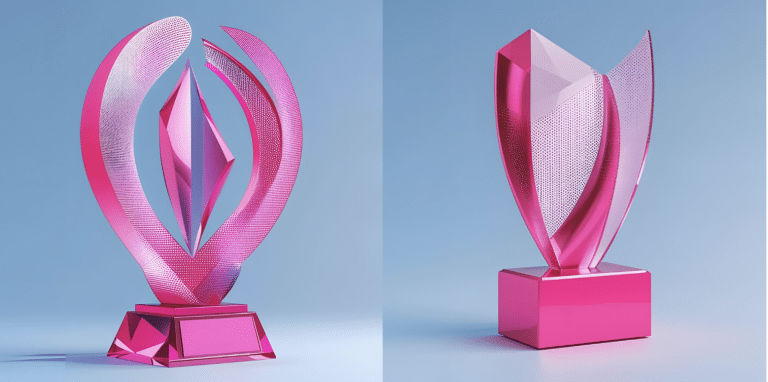
2. Adobe Firefly
Part of the Adobe Creative Cloud, Firefly produces high-quality, brand-aligned visuals and integrates seamlessly with Photoshop and Illustrator for post-editing and hybrid workflows.
Best for: Social media graphics, mockups, textures, patterns, and abstract backgrounds.
Pros:
- Deep creative control and parameter customization
- Native integration with Photoshop and Illustrator for editing
- Strong text rendering and brand color matching
- Excellent for creating patterns, textures, and gradients
Cons:
- Steeper learning curve compared to simpler tools like Canva
- Slower output, more setup time required
- Requires an Adobe subscription for full functionality
- Limited mobile usability
Results:

3. Midjourney
One of the most widely recognized AI image generation tools, Midjourney produces highly artistic, detailed, and visually striking images with a unique style, while giving users strong creative control through prompts and parameters.
Best for: Concept art, editorial illustration, high-impact visuals, art projects, social media posts, and ad creatives.
Pros:
- Creates highly detailed, realistic images directly from text prompts
- Handles a wide range of styles, from photorealistic to surreal and abstract
- Offers fine-tuning controls with various parameters
- Supported by a community of over 20 million users
Cons:
- No free version or trial
- Steep learning curve
- Limited customer support
- Output is limited to static and animated images
Results:

4. Sora
Developed by OpenAI, Sora is an advanced AI image and video generator, which creates high-quality, photorealistic images and videos from text prompts. It integrates seamlessly with ChatGPT, allowing users to generate visuals directly within the ChatGPT interface.
Best for: Photorealistic images, stylized visuals, marketing graphics, instructional materials, and video content creation.
Pros:
- Produces realistic, high-quality images with style presets like Film Noir, Pixel Art, and Cartoon
- Batch generates up to 4 images at once for ChatGPT Pro users
- Integrated with ChatGPT, no app switching needed
- Includes video tools like blend, loop, recut, and remix
- Stronger text rendering than many generators
Cons:
- Struggles with unrealistic physics or very detailed text
- Occasional artifacts or uneven lighting
- Free tier has usage limits
- Only a few built-in editing tools for images
Results:
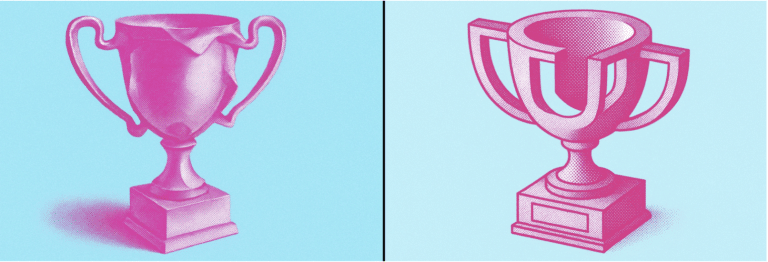
Our Go-To AI Tool for Content Creation
After testing all four tools, Midjourney stood out for offering the perfect mix of creativity, flexibility, and brand alignment for our day-to-day content creation.
Here’s how our Insights page looked before using Midjourney:
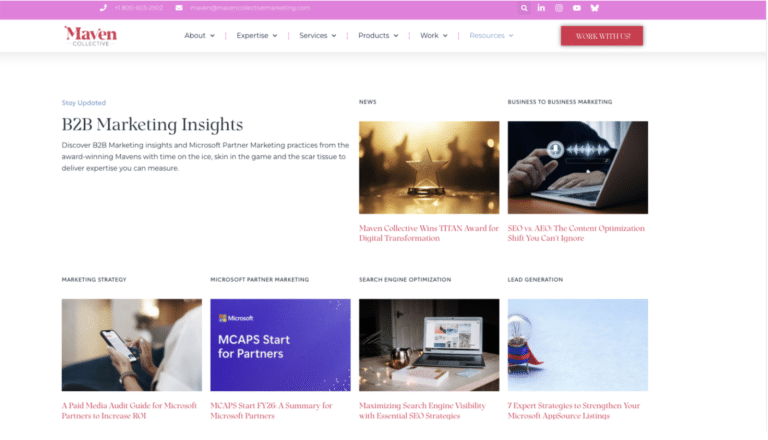
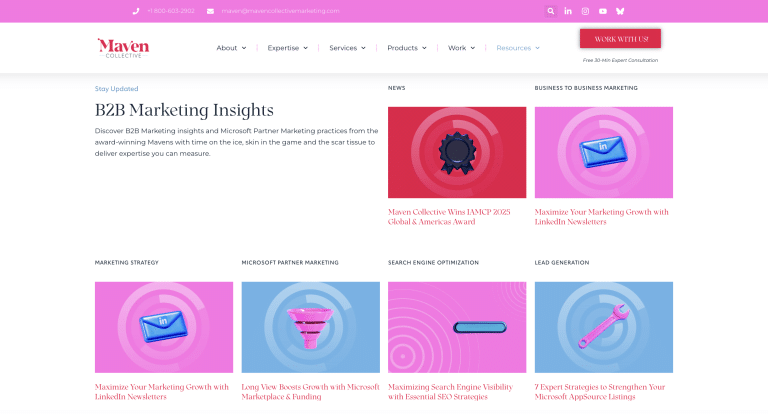
Why Midjourney became our top choice:
- On-brand image generation – made it simple to create visuals that matched our brand’s style and color palette without heavy post-editing.
- Personalization – with prompt controls, parameters, and moodboard options, we could fine-tune images for different campaigns and content needs.
- Consistency and scalability – allowed us to generate cohesive sets of icons and graphics, keeping our brand identity strong across platforms.
- Speed – image generation takes less than 30 seconds for four variations, making it easy to produce a high volume of creatives in a short time.
- Price – starting at just $10/month, it’s a cost-effective way to scale high-quality visuals compared to extending design resources.
Our Current Workflow for AI-Generated Images
Here’s the step-by-step process we’ve been using to create on-brand visuals for our marketing campaigns:
Step 1: Writing the Prompts
We quickly learned that the output is only as good as the input. A vague prompt gives you vague results.
To test this, we started with an in-depth prompt:
“A radar, rendered in #5FA1C9 – a cool blue tone – with gradients. Set against a softened version of #1A2B38 – a deep navy background with cool undertones, but adjusted for lighter contrast and enhanced visibility. The overall style is modern and optical, with high visual clarity and subtle dimensionality.”
But we ran into an issue: Midjourney doesn’t read hex codes. To work around this, we used a color conversion tool that translates hex codes into color names. We also had to simplify our language so Midjourney could interpret it more consistently.
Here’s the final prompt we now reuse:
“Bright pink, realistic sleek metallic [SUBJECT] icon/image. The [SUBJECT] is the focal point of attention. The color scheme adds energy while maintaining elegance, creating a visually appealing composition.”
Step 2: Testing Different Styles
The next step was exploring different styles and variations to generate the most on-brand graphics.
We experimented with:
- Art styles – from minimalist to photorealistic, vector, and editorial illustration.
- Textures – fine-dot gradients, sleek metallic finishes, glossy surfaces, and more.
- Lighting effects – soft light, dramatic shadows, high-contrast highlights.
- Parameters – adjusting variety, stylization, and “weirdness” levels to push creativity in different directions.
- References – uploading existing brand visuals and testing different prompt structures like image prompts, style references, and omni-reference prompts to guide outputs.
This trial-and-error approach helped us narrow in on the look that felt most consistent with our brand identity.
Sample Outputs from Our Tests:
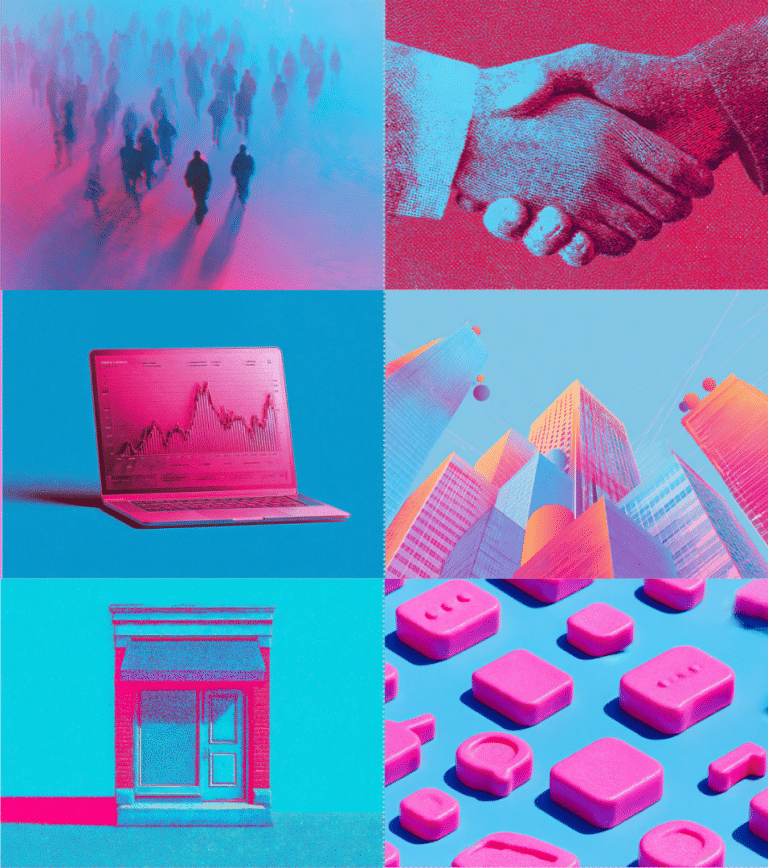
Step 3: Picking the Best Images + Creating Moodboards
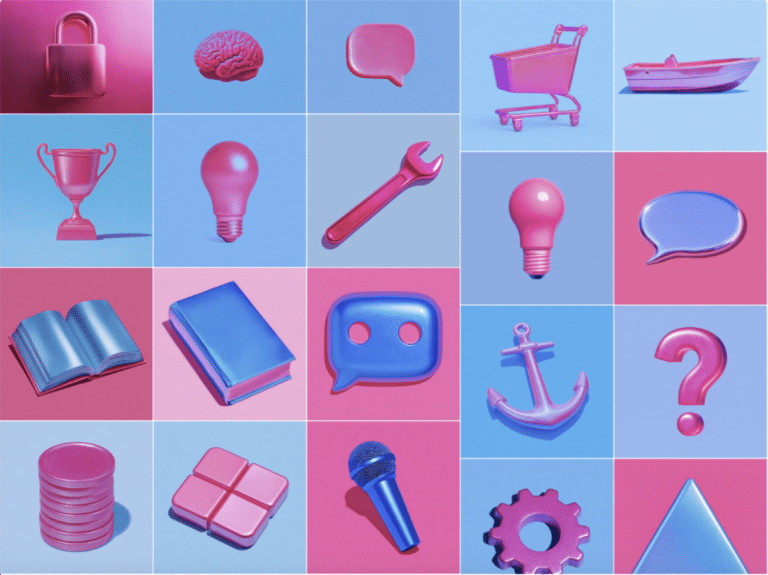
Now, every time we need to create an image, we simply reference this Moodboard using its unique ID, which generates a code when added to the prompts.
Note that you can create multiple Moodboards with different styles.

Key Takeaways for Using AI Tools for Image Generation
AI-powered platforms like Midjourney, Canva, Adobe Firefly, and Sora make it easier for B2B teams to create professional-quality visuals, from blog images and social graphics to marketing materials in just seconds. These tools also help companies reduce dependency on external agencies, helping to save costs and reduce turnaround time.
The tool you choose will ultimately depend on your team’s needs, goals, and available resources. It’s important to remember that while AI accelerates production, human creativity and oversight remain essential for ensuring nuance, accuracy, and alignment with your overall marketing strategy.
If you’re looking for expert AI marketing guidance from a trusted partner, our AI Content Creation package can help you stand out from the competition with a comprehensive, strategy-driven approach.

